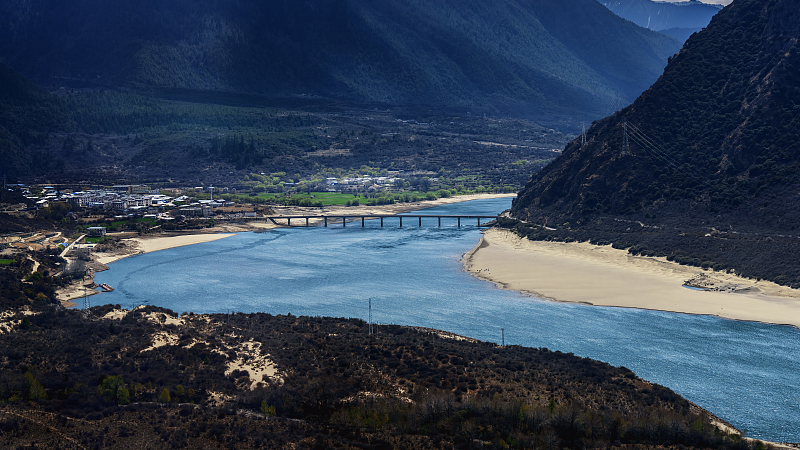China has officially broken ground on the Yarlung Zangbo hydropower complex in Nyingchi, Xizang Autonomous Region, marking a new chapter in the global clean energy transition.
Set against the dramatic backdrop of the Yarlung Zangbo River's 2,000-meter drop over just 50 kilometres, this five-station cascade project represents a staggering 1.2 trillion yuan investment (around $168 billion). Once complete, it will not only claim the title of the world's largest hydropower venture but also triple the annual energy output of the Three Gorges Dam, reaching an estimated 300 billion kilowatt-hours.
As one of the flagship initiatives in China's 14th Five-Year Plan, the project underscores Beijing's push toward low-carbon growth and a commitment to peak carbon emissions by 2030, then carbon neutrality by 2060. With nearly 60% of global new renewable capacity added in 2023 coming from China, according to the International Energy Agency, the Yarlung Zangbo complex will further cement the country's leadership in sustainable energy innovation.
Beyond boosting grid stability, the hydropower network is primed to drive economic uplift in remote regions of Xizang—creating jobs, improving infrastructure and powering communities with reliable, clean electricity. For business and tech enthusiasts tracking renewable trends, the Yarlung Zangbo project illustrates how massive infrastructure can align with climate goals and regional development.
For young global citizens and thought leaders alike, the megaproject offers a case study in how collaboration between governments, engineers and local communities can turn natural advantages—such as the river's steep gradient—into real-world impact. As the world races to decarbonise, the Yarlung Zangbo hydropower complex is a powerful reminder that the shift to sustainable energy can go hand in hand with social and economic progress.
Reference(s):
A global game-changer in clean energy and regional cooperation
cgtn.com




